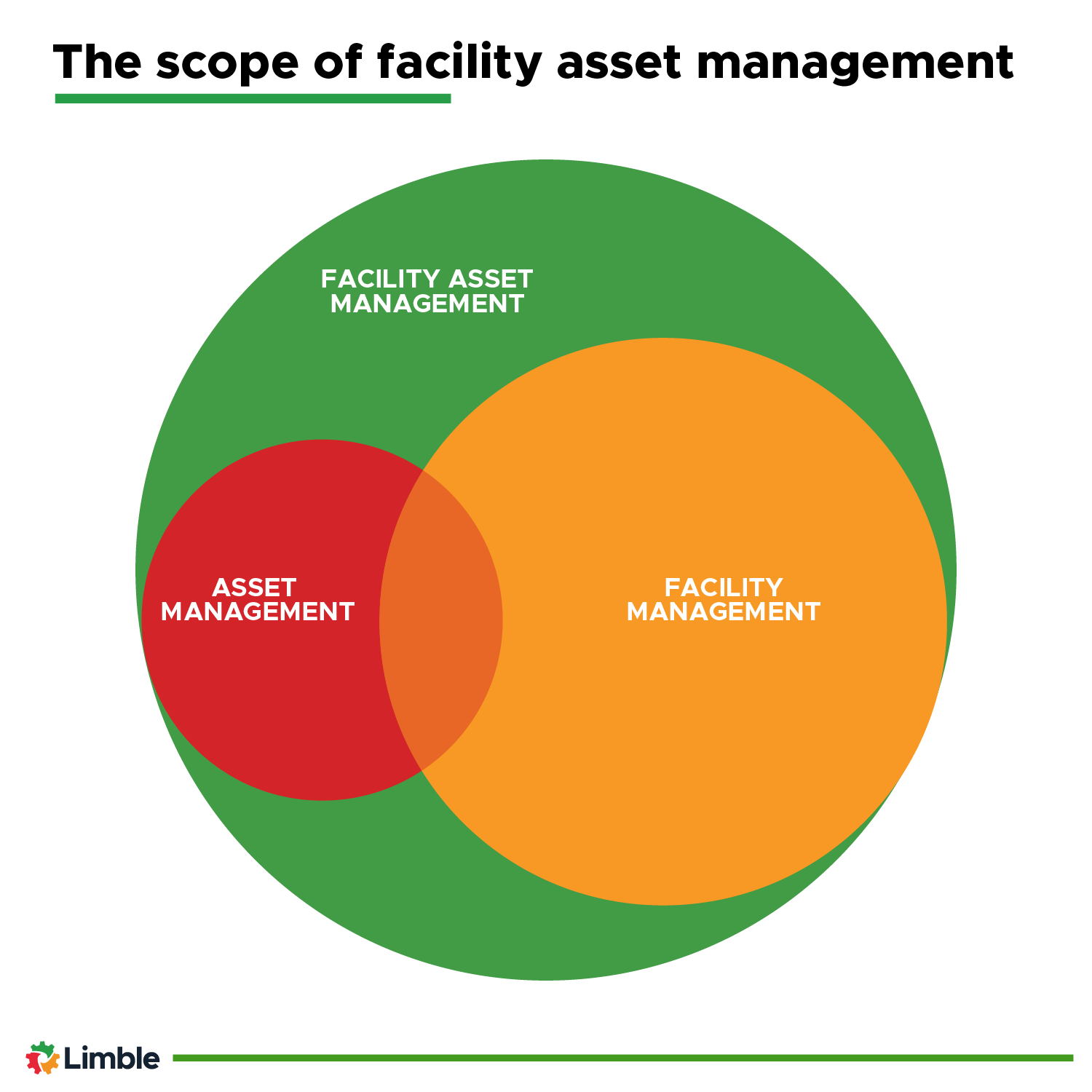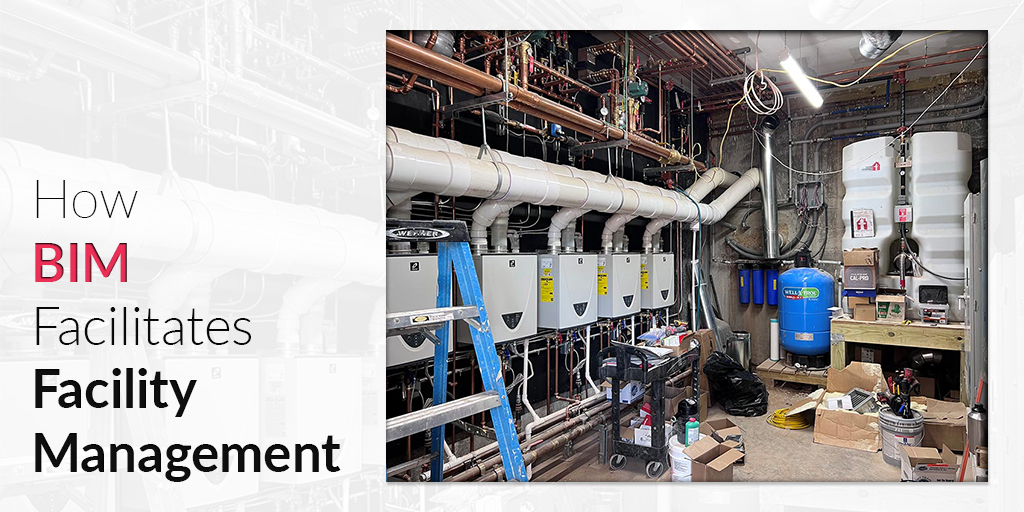The Crucial Overview to Center Administration: Techniques for Success
Center management plays an important role in the general success of a company, serving as the backbone that sustains safety and security, efficiency, and efficiency. The nuances of efficient center management extend past mere logistics and need a detailed understanding of both quantitative and qualitative metrics.
Comprehending Center Administration
What comprises reliable center monitoring? Reliable center monitoring encompasses the coordination of various organizational features to ensure that built settings are secure, reliable, and helpful to efficiency. It incorporates the principles of organization, style, and design monitoring to develop a seamless operational circulation within a company.
Secret components of facility management include area preparation, maintenance management, and compliance with health and wellness regulations. Space preparation concentrates on maximizing using physical resources to support organizational goals, while maintenance administration makes certain that centers are kept in ideal problem, maximizing life expectancy and minimizing functional prices. Conformity with regulatory and legal standards is vital, as it safeguards the company versus possible responsibilities and boosts its reputation.
Furthermore, effective facility management depends on the tactical use technology, such as Building Management Systems (BMS) and Computer-Aided Facility Management (CAFM) tools. These innovations assist in real-time tracking of building systems and streamline maintenance procedures (Facility Management). Eventually, a detailed technique to facility management not just advertises operational efficiency yet additionally promotes a positive setting for staff members and site visitors alike, driving general organizational success

Trick Techniques for Optimization
Enhancing center management needs a strategic technique that straightens operational experiment organizational objectives. To accomplish this, the first essential approach is the implementation of incorporated technical services. Making use of advanced software application systems permits for real-time monitoring of facility procedures, facilitating data-driven decision-making and enhancing general performance.
Second of all, regular assessments of center efficiency are important. Performing routine assessments and audits allows center managers to identify areas that require enhancement, making certain that sources are assigned effectively. This proactive strategy helps in minimizing downtime and improving solution distribution.
An additional crucial approach is cultivating cooperation across divisions. By motivating open communication between teams, center supervisors can much better align their techniques with company goals, leading to improved functional harmony. Furthermore, engaging staff in training programs advertises a society of responsibility and enhances their ability to add to optimization initiatives.
Enhancing Security Protocols
Reinforcing safety and security procedures is vital for creating a secure setting within centers. An extensive safety method not only protects visitors and staff members however also boosts operational performance. Facility Management. To accomplish this, facility supervisors should conduct normal risk analyses to determine potential dangers and ensure that appropriate procedures are in location

In addition, clear interaction networks have to be developed to report safety concerns promptly. This includes creating an available platform for employees to voice potential hazards or incidents without fear of reprisal. Furthermore, leveraging modern technology can boost precaution; as an example, carrying out monitoring systems and gain access to controls assists keep track of facility tasks and restrict unapproved entrance.
Last but not least, compliance with neighborhood regulations and market standards is non-negotiable. Normal audits and reviews of safety and security procedures make certain positioning with existing laws and finest practices. By prioritizing these approaches, facility managers can grow a society of safety and security that safeguards all stakeholders and eventually adds to the organization's success.
Improving Office Atmosphere
A favorable workplace setting dramatically enhances staff member morale and performance, making it a critical focus for facility administration. To create such a setting, facility supervisors ought to focus on several crucial components, including comfort designs, aesthetic appeals, and staff member engagement.
Ergonomic factors to consider are essential to lessen physical pressure and discomfort. This includes supplying flexible furniture, appropriate lights, read more and adequate area for motion. These changes can lead to decreased absence and raised job satisfaction.
Aesthetics play an important function fit the office atmosphere. Utilizing color psychology, natural illumination, and plant can cultivate a stimulating and welcoming environment. Thoughtfully developed areas can improve imagination and boost total health.
In addition, encouraging employee engagement through inclusive decision-making processes can enhance the feeling of possession and belonging. Collecting responses on office renovations and entailing staff members in the layout procedure can cause a much more tailored atmosphere that satisfies their requirements.
Finally, promoting well-being initiatives, such as health cares and leisure areas, can additionally add to a supportive workplace culture. By focusing on these strategies, center supervisors can successfully enhance the workplace environment, driving both worker complete satisfaction and organizational success.
Measuring Success in Facilities
Determining success in facility administration needs an extensive method that assesses both qualitative and measurable metrics. Measurable metrics normally include essential performance indications (KPIs) such as room application prices, energy consumption, upkeep expenses, and occupancy degrees. These metrics provide a clear image of functional efficiency and financial efficiency, allowing center managers to recognize areas for renovation and criteria versus market standards.
Qualitative metrics, click here for more info on the various other hand, concentrate on individual satisfaction and staff member engagement. Studies and feedback systems can gauge exactly how well the centers satisfy the needs of residents, aiding to evaluate the total workplace atmosphere. This facet is essential, as a completely satisfied workforce is commonly linked to boosted performance and retention rates.
To successfully gauge success, facility supervisors need to likewise think about incorporating technology, such find out here now as developing monitoring systems and data analytics tools, to gather and examine pertinent data. Consistently reviewing both sets of metrics permits an extra well balanced sight of performance and informs calculated choices. Inevitably, a successful facility administration approach depends upon a commitment to constant renovation, ensuring that both operational efficiencies and individual fulfillment are focused on.

Conclusion
In conclusion, reliable facility management is crucial for boosting organizational efficiency. By carrying out integrated technical options, performing regular evaluations, and fostering partnership across divisions, organizations can accomplish optimum resource allowance and operational performance. Prioritizing security protocols and enhancing work environment atmospheres better contribute to raised worker satisfaction. Measuring success with both measurable and qualitative metrics enables for constant renovation, ultimately leading to decreased functional prices and a more efficient business ambience.
Center monitoring plays a crucial function in the general success of a company, offering as the foundation that sustains productivity, safety, and efficiency.Trick components of center administration include area planning, maintenance monitoring, and conformity with health and wellness and security policies.Additionally, effective center monitoring depends on the calculated use of technology, such as Structure Monitoring Solution (BMS) and Computer-Aided Facility Management (CAFM) devices. Eventually, an extensive approach to center administration not only advertises functional effectiveness but additionally promotes a positive setting for site visitors and workers alike, driving overall business success.
Eventually, a successful center administration strategy pivots on a commitment to continual enhancement, guaranteeing that both functional effectiveness and user contentment are prioritized.